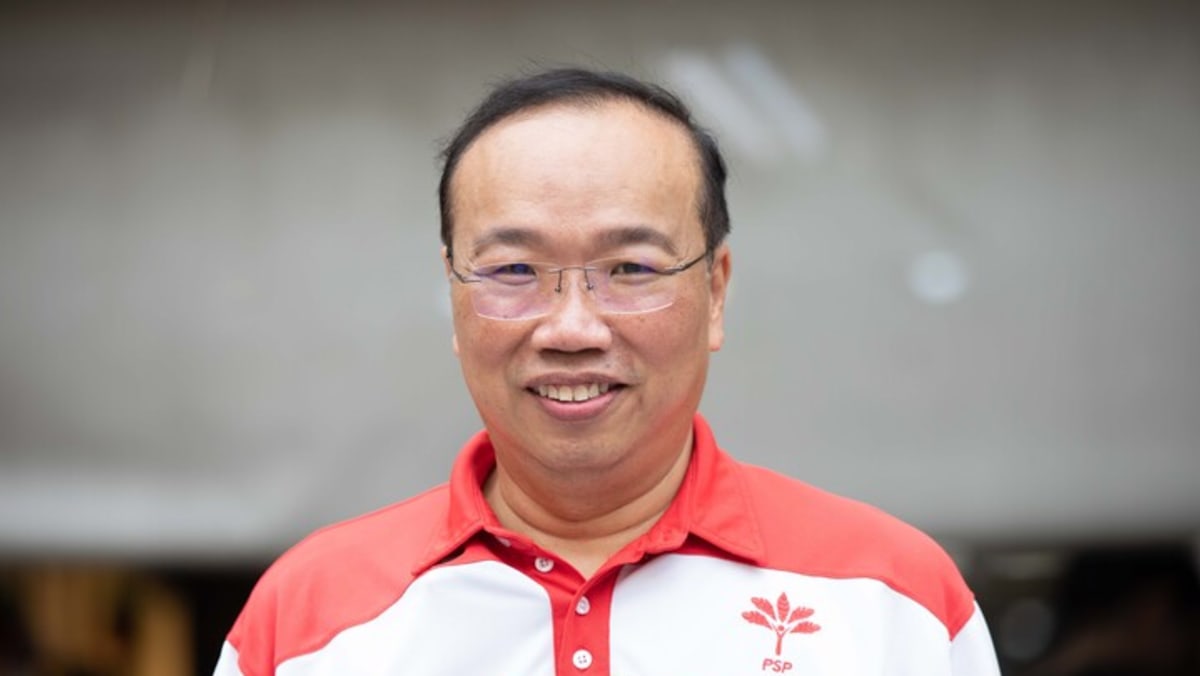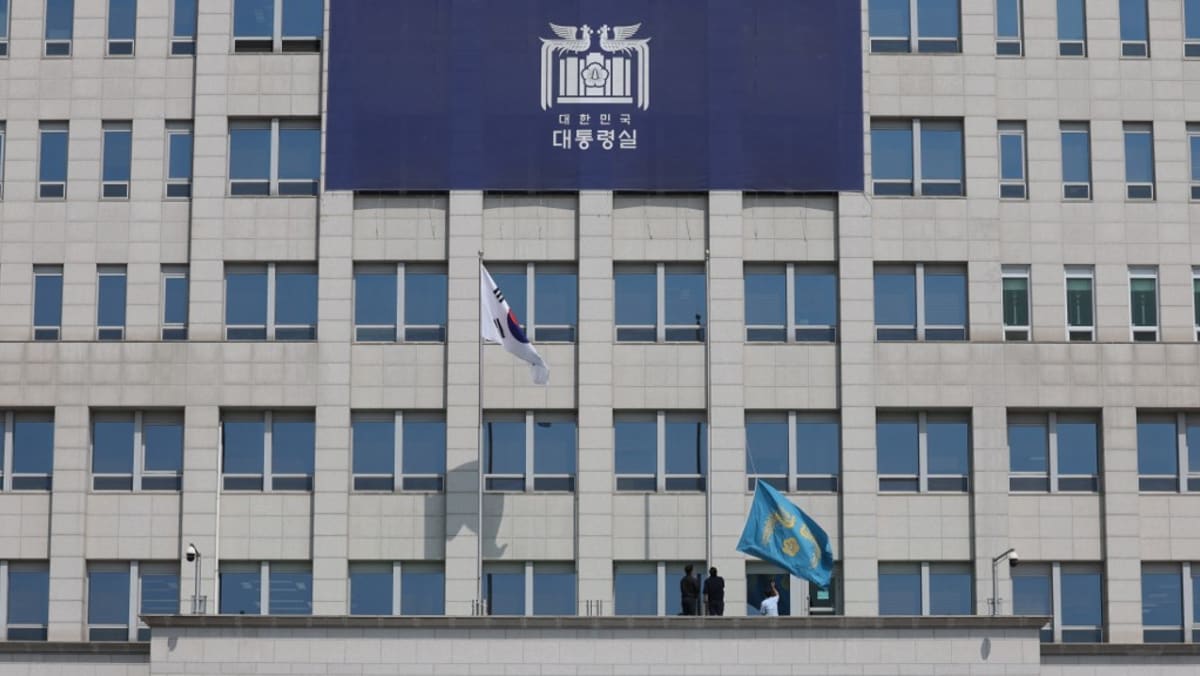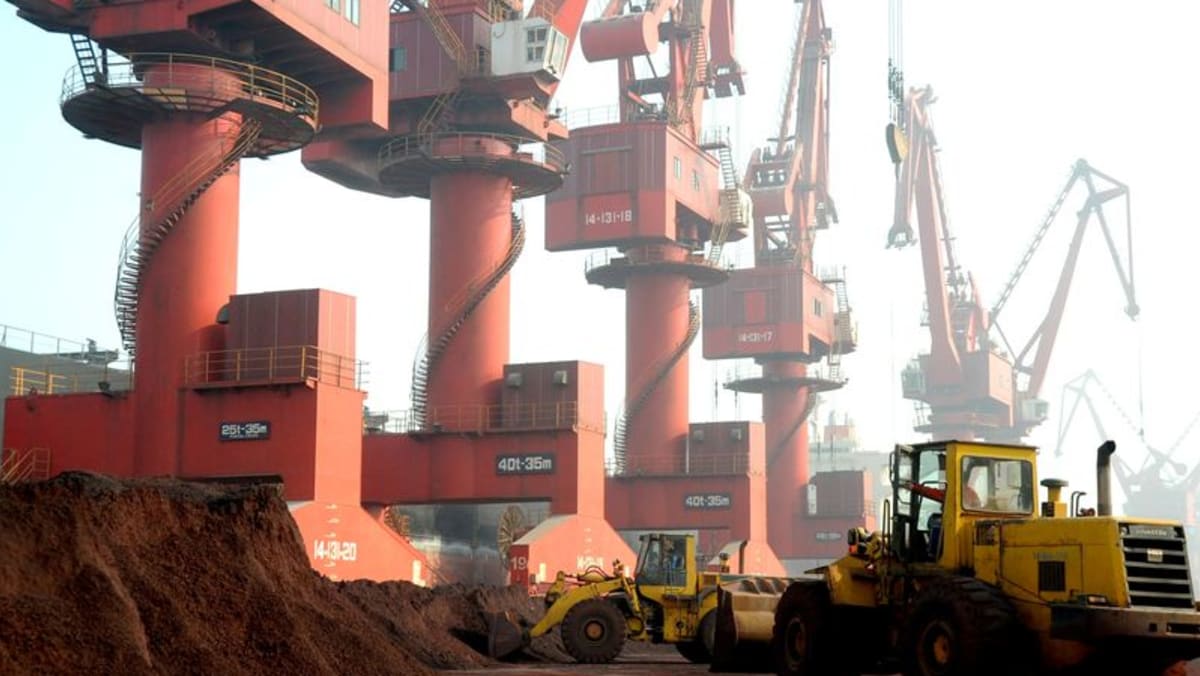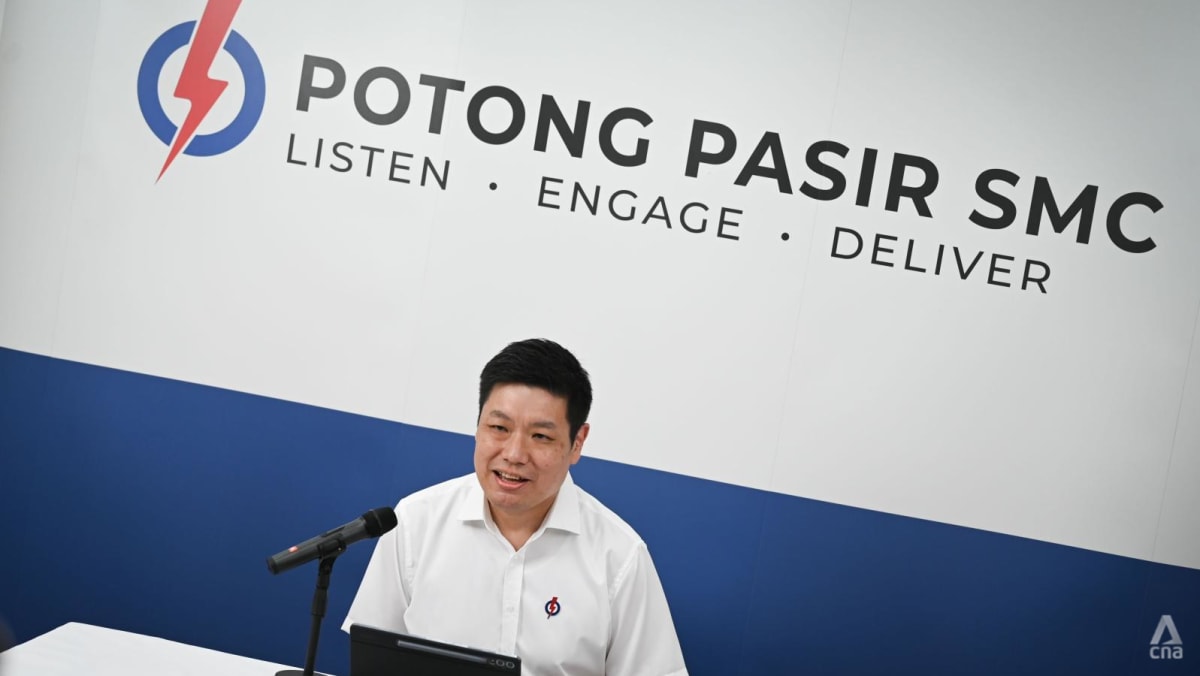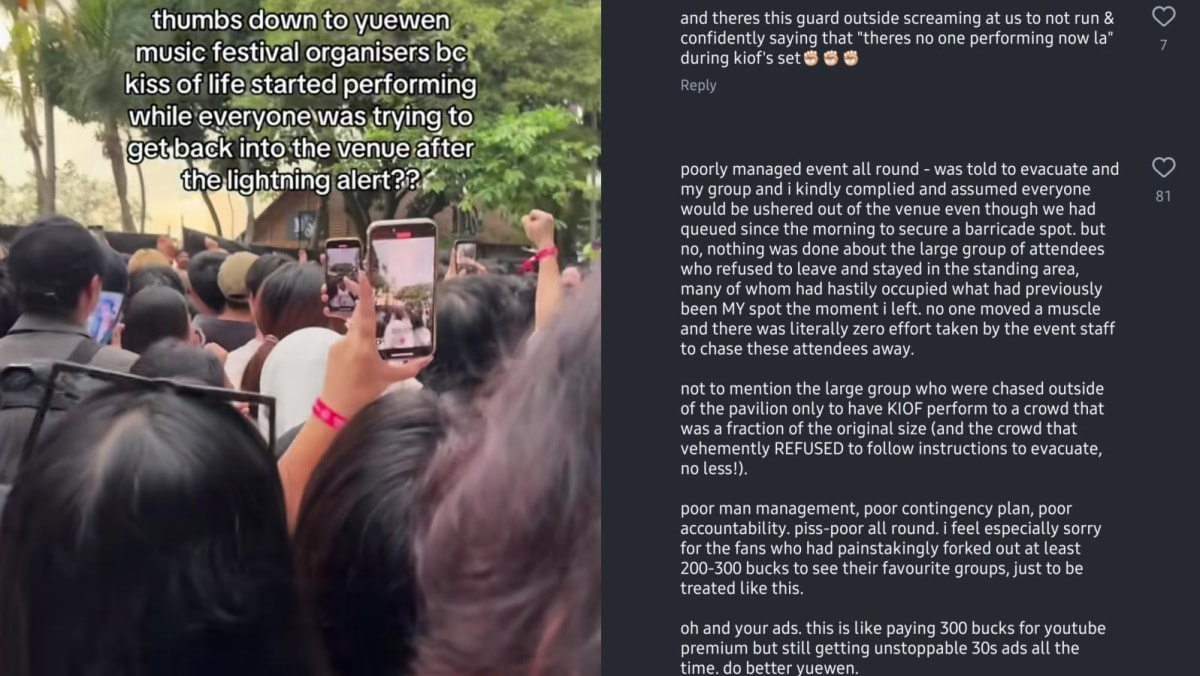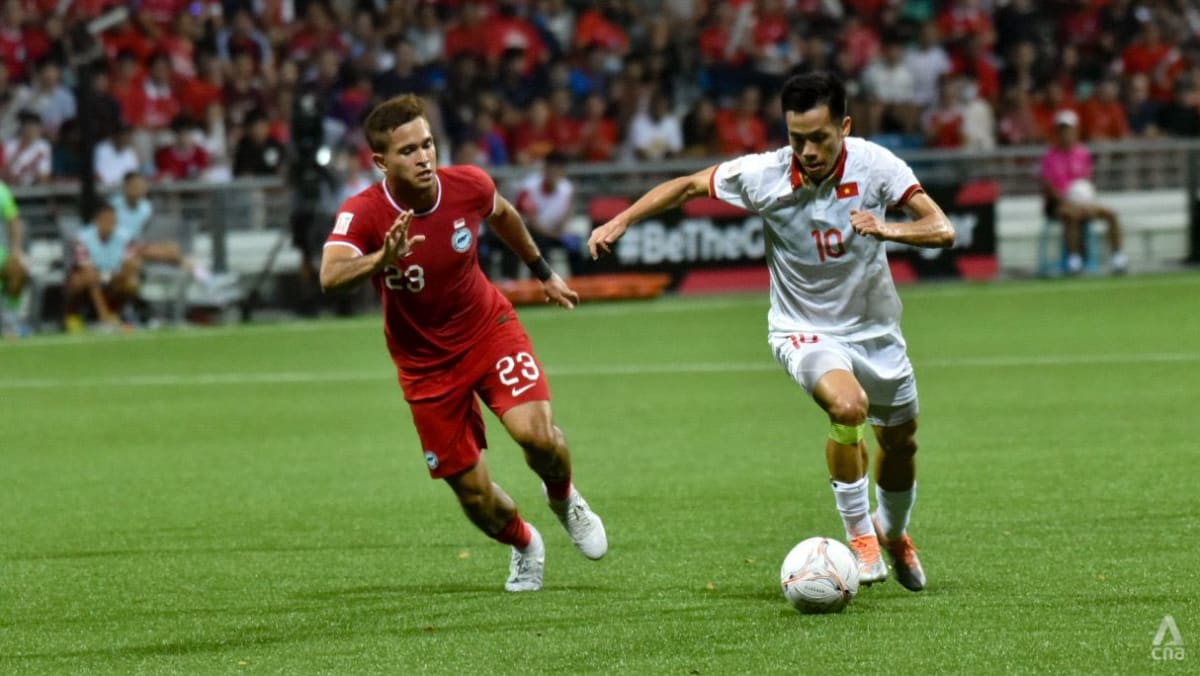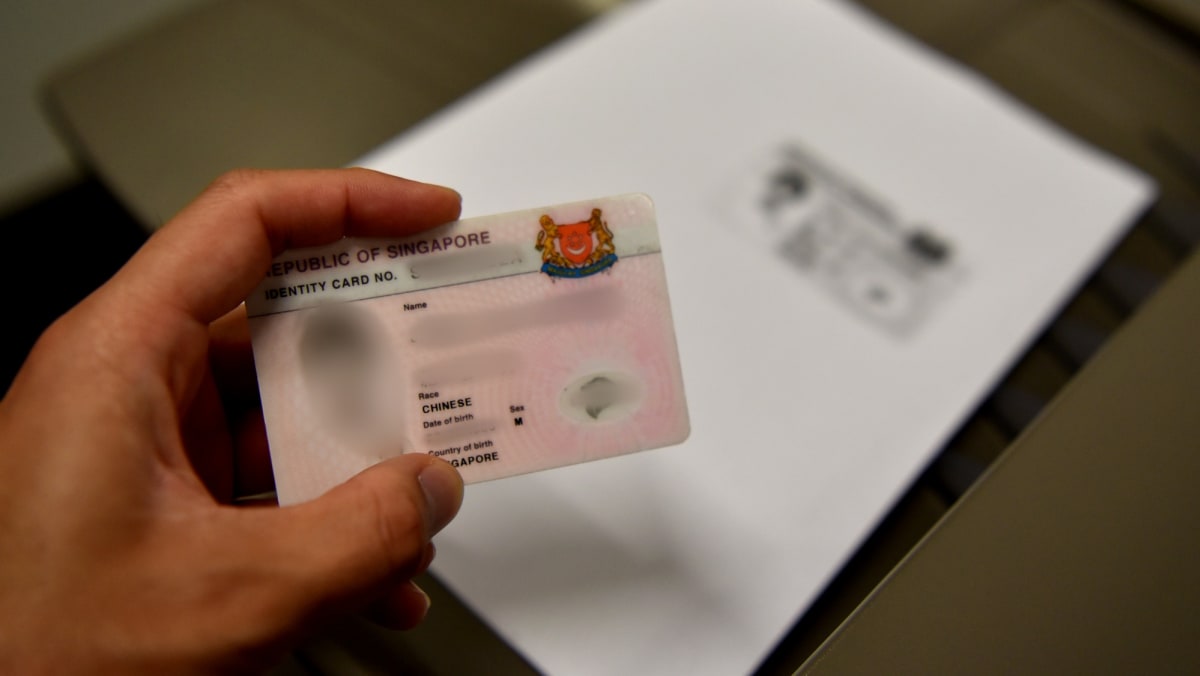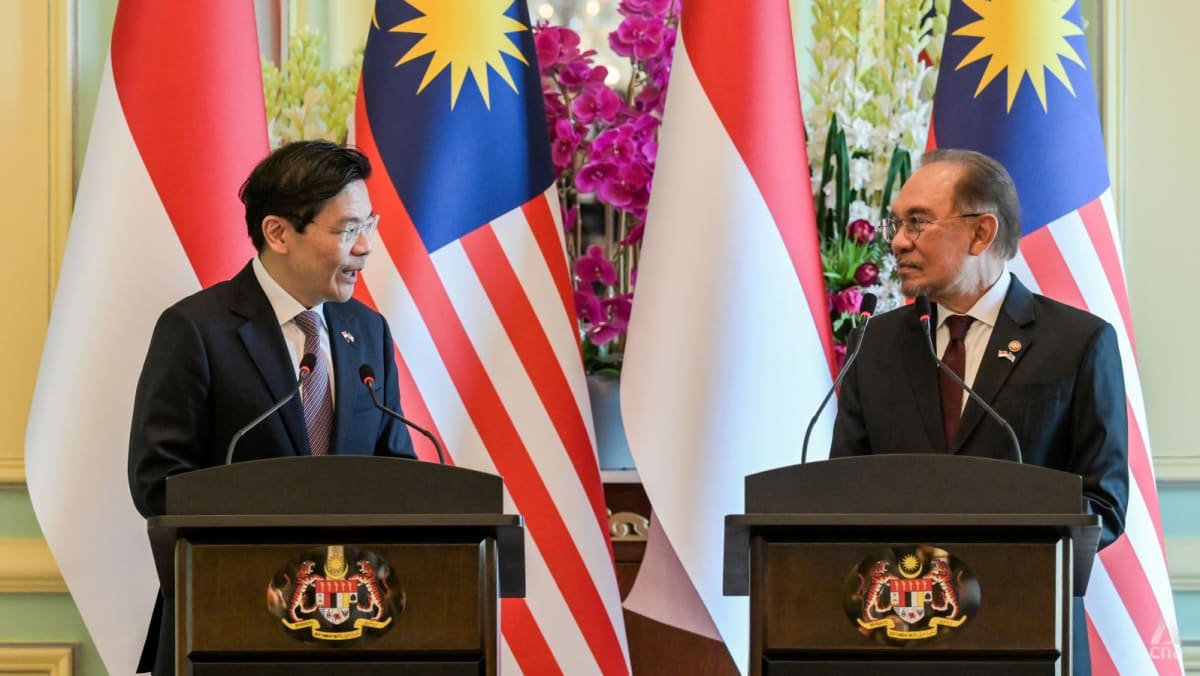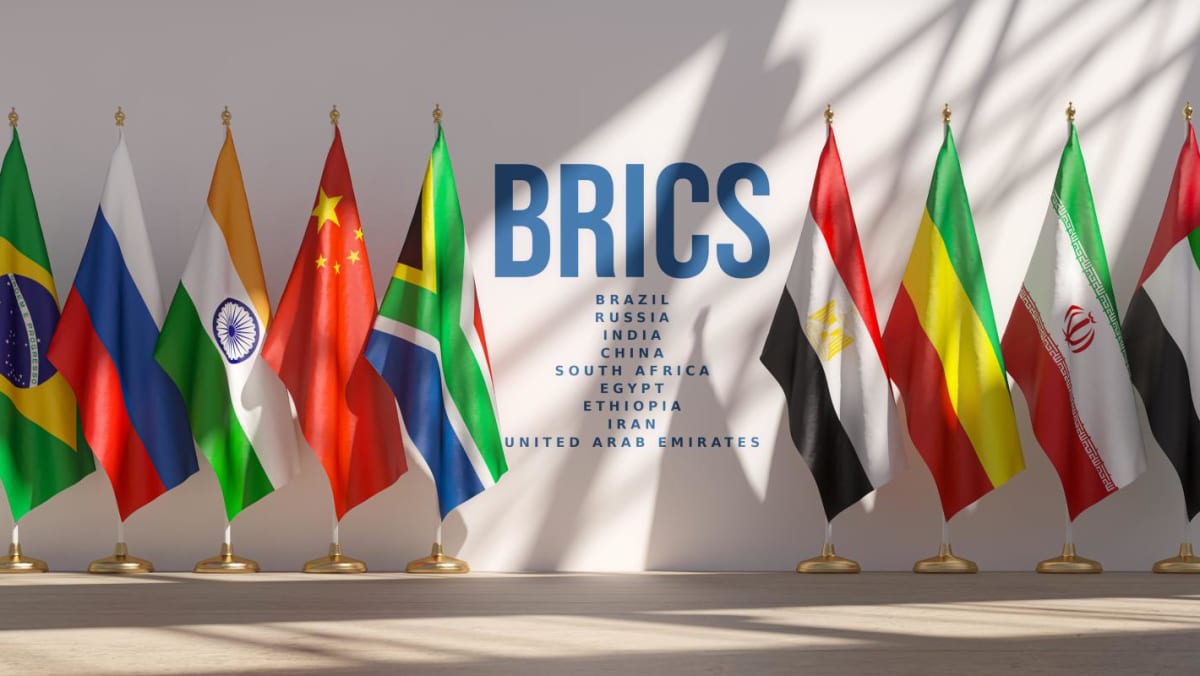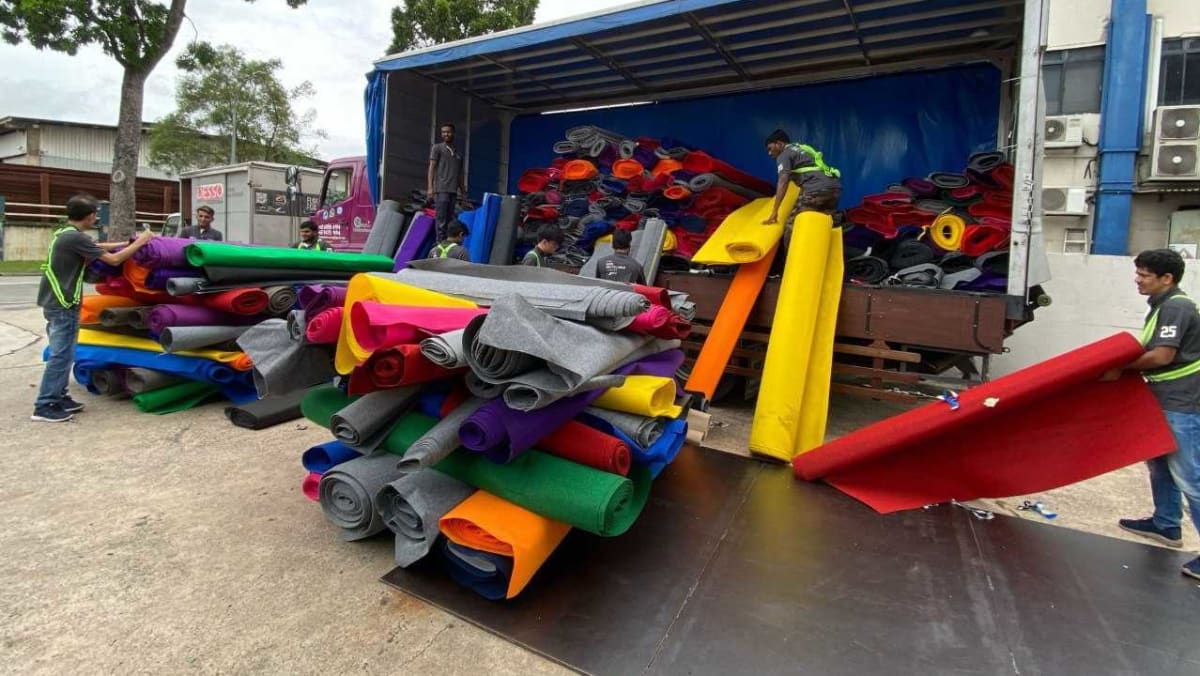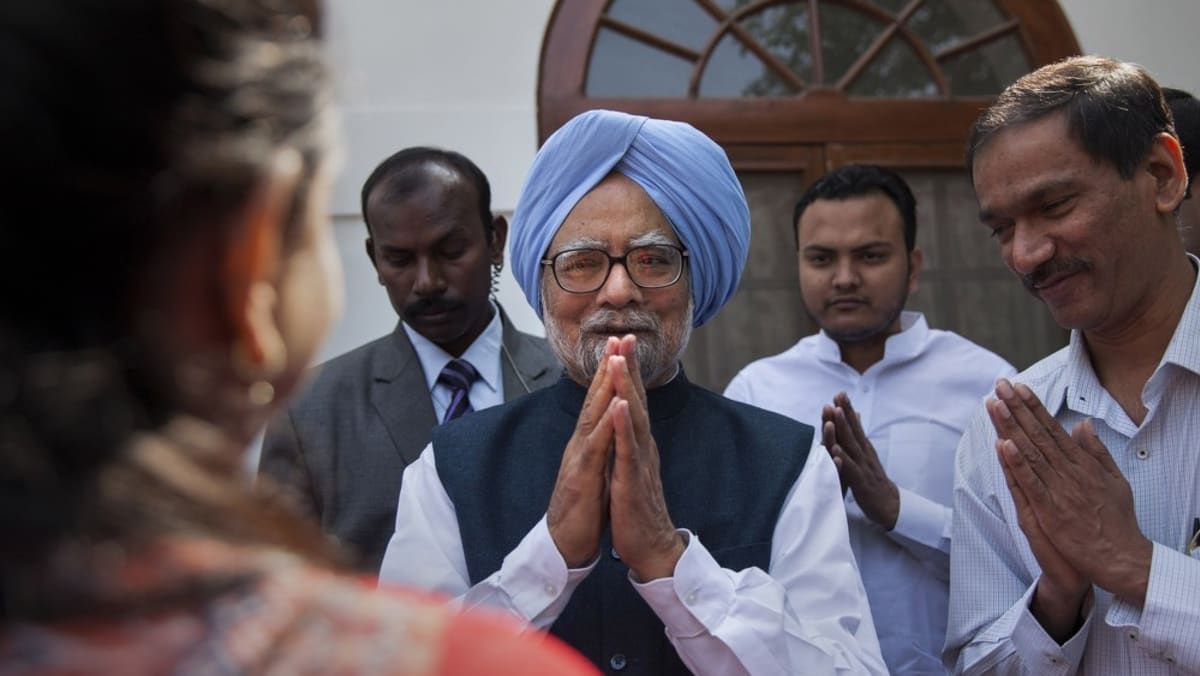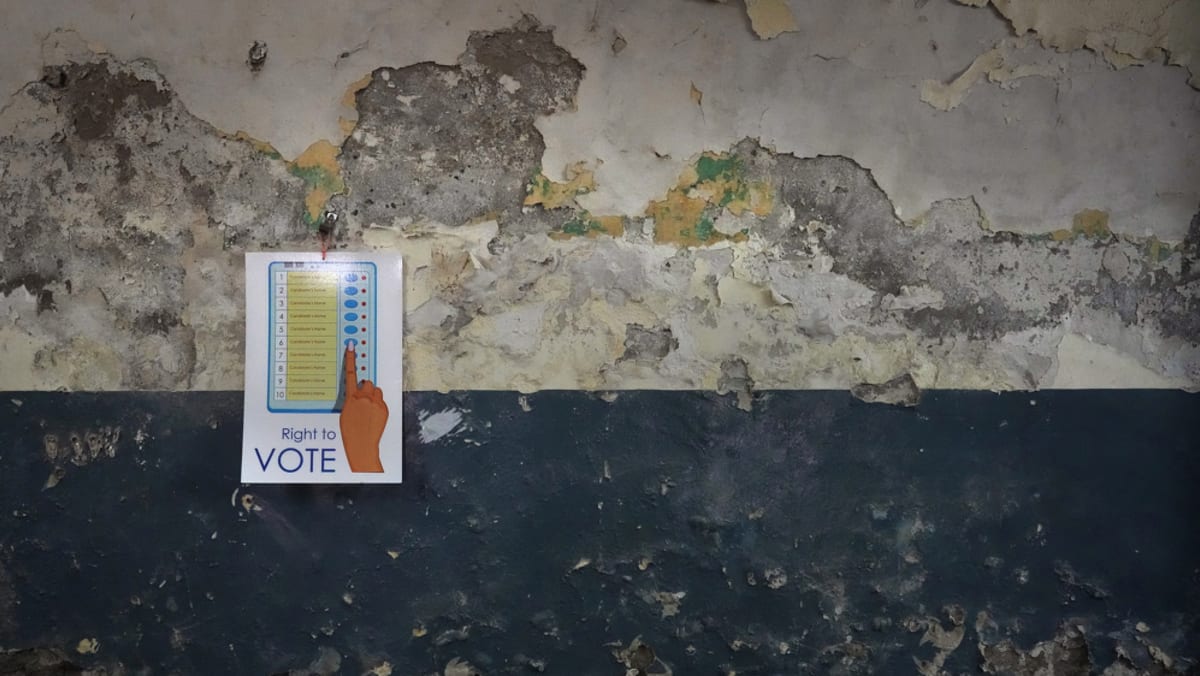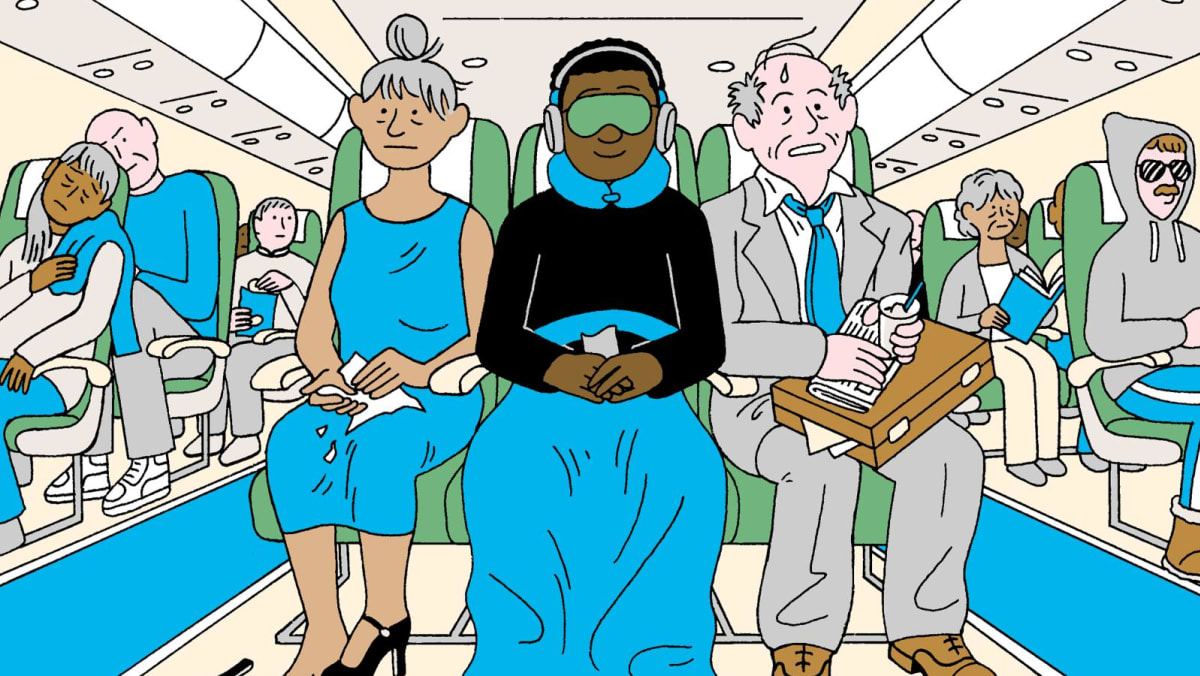DELHI: The Dec 18, 2024 meeting between India’s National Security Advisor Ajit Doval and Chinese Foreign Minister Wang Yi in Beijing was an important step in the direction of normalisation of relations between the two countries.
This was the 23rd meeting of the Special Representatives. The last took place in December 2019, following which the violent Galwan clashes of 2020 completely offset India-China relations. The clashes resulted in a total breakdown of communication and the confidence-building measures (CBMs) between the two sides and a military standoff on the border.
The year 2025 marks the 75th anniversary of the establishment of diplomatic relations between India and China. However, even after years of discussion, the India-China border continues to be disputed.
There has been no concrete change on this, even though it’s been proved time and again that the issue has the capacity to derail diplomatic relations between the two countries. The Galwan clashes also showed the fragility of the CBMs.
UNDER THE DIPLOMATIC VENEER
The Dec 18 meeting took place after the patrolling resolution for the Line of Actual Control in October, which led to some easing of tension and disengagement.
But while the meeting does indicate some positive momentum in India-China relations, one cannot overlook the history behind it and the challenges ahead.
This is underscored by the Chinese releasing a “six-point consensus” following the meeting - one that the Indian side has not been very comfortable accepting in its totality. Also significantly, even after Beijing declared that it is keen and ready to work with India to come to a resolution, no joint statement was issued by the two at the end of the meeting.
A Chinese foreign ministry statement asserted that any solution to the border dispute should be “fair, reasonable and acceptable to both sides” and “both sides agreed to continue taking measures to maintain peace and tranquillity in the border areas and to promote the healthy and stable development of bilateral relations”. It also said that the border issue will be put at “appropriate position”, without offering any detail or clarification as to what this position entails.
Beijing also voiced a desire it has been signalling since the Galwan crisis to “delink the border issue from bilateral relations”.
IS NORMALISATION POSSIBLE?
Beijing is clearly keen to put the border issue on the backburner again, as it has done since the re-establishment of bilateral relations in 1988. Since then, both sides have sung the same refrain: That the dispute will be resolved at an appropriate time.
However, in the last three decades, the Chinese Army has repeatedly violated the CBMs - Depsang in 2013, Chumar in 2014 and Doklam in 2017, which led to a 73-day stand-off between the two sides.
China continues to engage in cartographic aggression, releasing maps that show Indian territories as part of China. It also reacts forcefully every time India undertakes infrastructure development across the Line of Actual Control.
Beijing has benefited from putting New Delhi at ease about the border while continuing to build out its military presence and infrastructure capabilities in contested areas. Even after the Galwan clashes, which were a clear violation of the CBMs, Beijing has continued to push for the normalisation of bilateral relations while granting no quarter in ongoing disagreements over border issues.
Indian External Affairs Minister S Jaishankar reiterated in parliament that India is keen to “arrive at a fair, mutually acceptable framework for boundary settlement”. Despite this, India has also been resisting the Chinese push for the resumption of direct flights between the two countries.
This may hint that total normalisation can only be achieved once the border dispute is well and truly resolved - but this can only be done when both sides stop putting off real discussions of the matter.
HOW TO TRULY MOVE FORWARD?
There are silver linings in all this.
While in Beijing this past December, Doval also met with the Chinese Vice President Han Zheng and invited Wang Yi to attend the next Special Representatives’ meeting in India, in 2025.
At the Dec 18 meeting, the two sides also discussed border trade, which has continued to grow despite the ongoing disputes. Also on the agenda were the topics of data sharing on trans-border rivers, and the resumption of the Kailash-Mansarovar Yatra - a popular cross-border pilgrimage for Hindus, Jains and Buddhists that was suspended during the COVID-19 pandemic.
The year 2025 may also see Indian Prime Minister Narendra Modi travelling to China to attend the Shanghai Cooperation Organisation meeting.
If both India and China truly to gain any positive momentum in the negotiations, the only option will be to keep the border issue central to diplomatic interactions.
Given the history of the border and the nature of related skirmishes and clashes over the last few decades, New Delhi in particular will have to be more proactive and assertive, rather than letting Beijing control the path and outcome of the negotiations.
Dr Gunjan Singh is an associate professor at the Jindal Global Law School, OP Jindal Global University, in India. She teaches international relations and China studies.


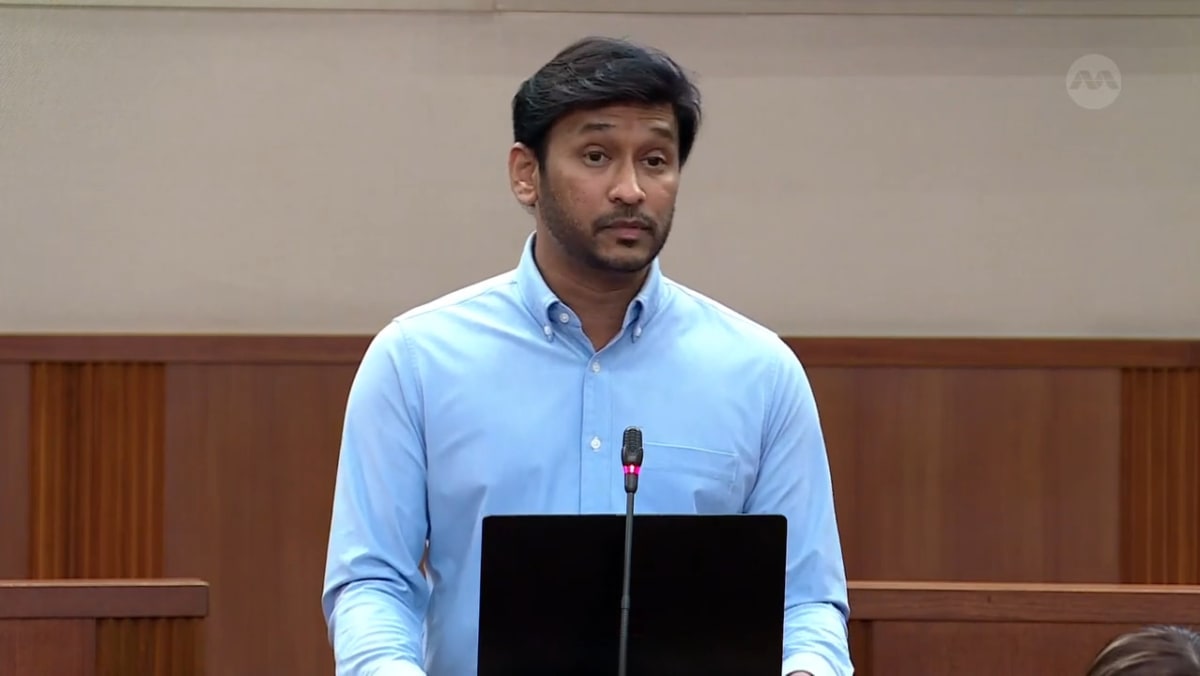
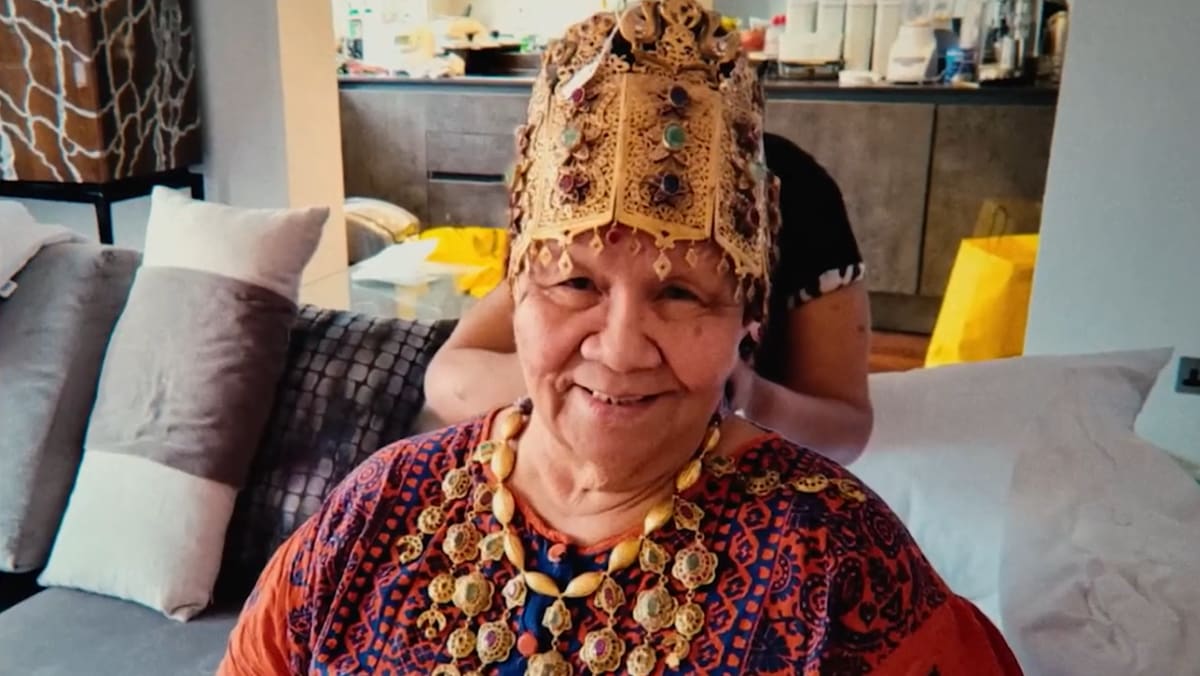
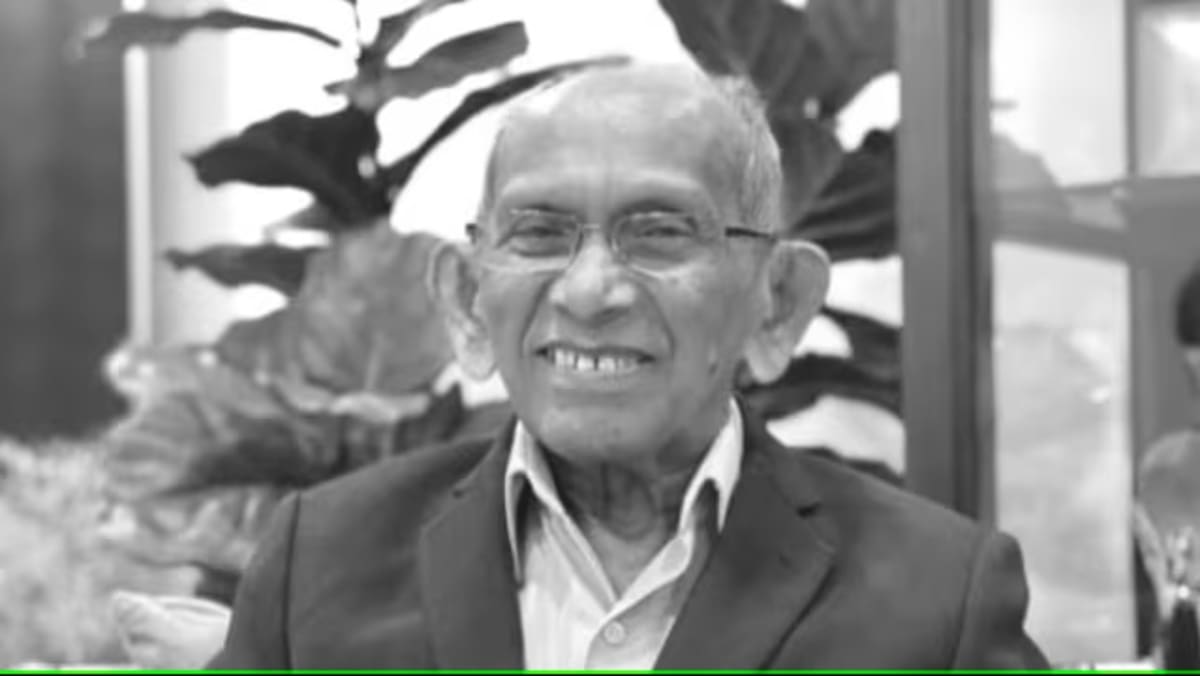

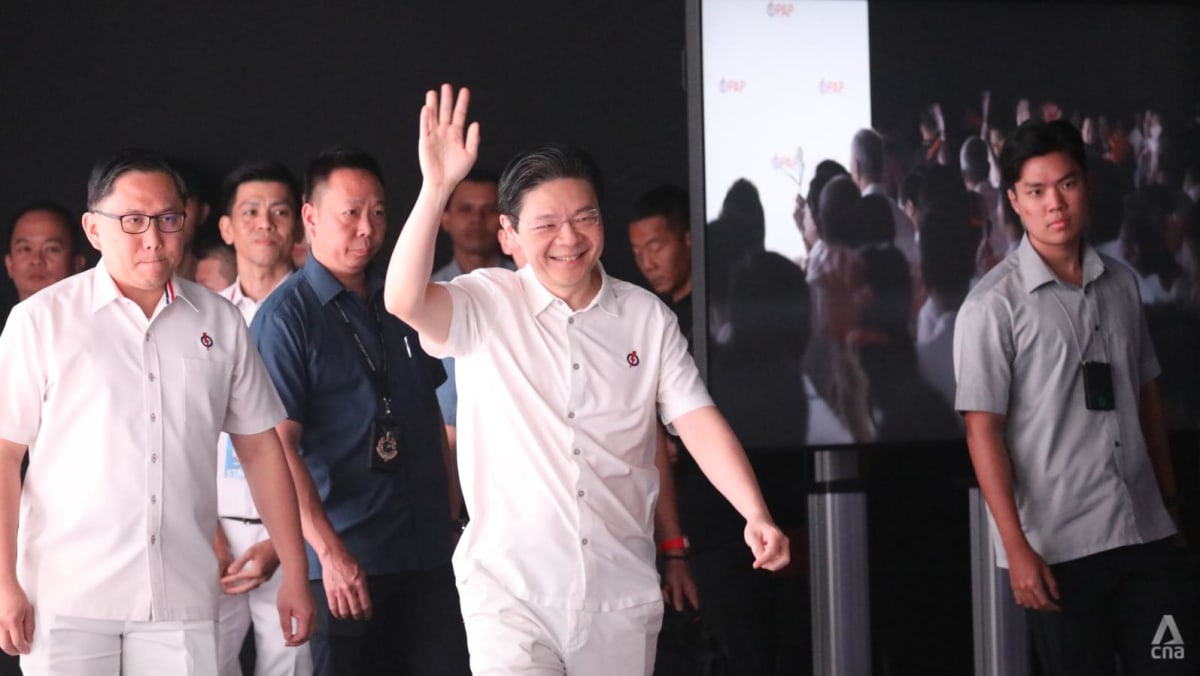
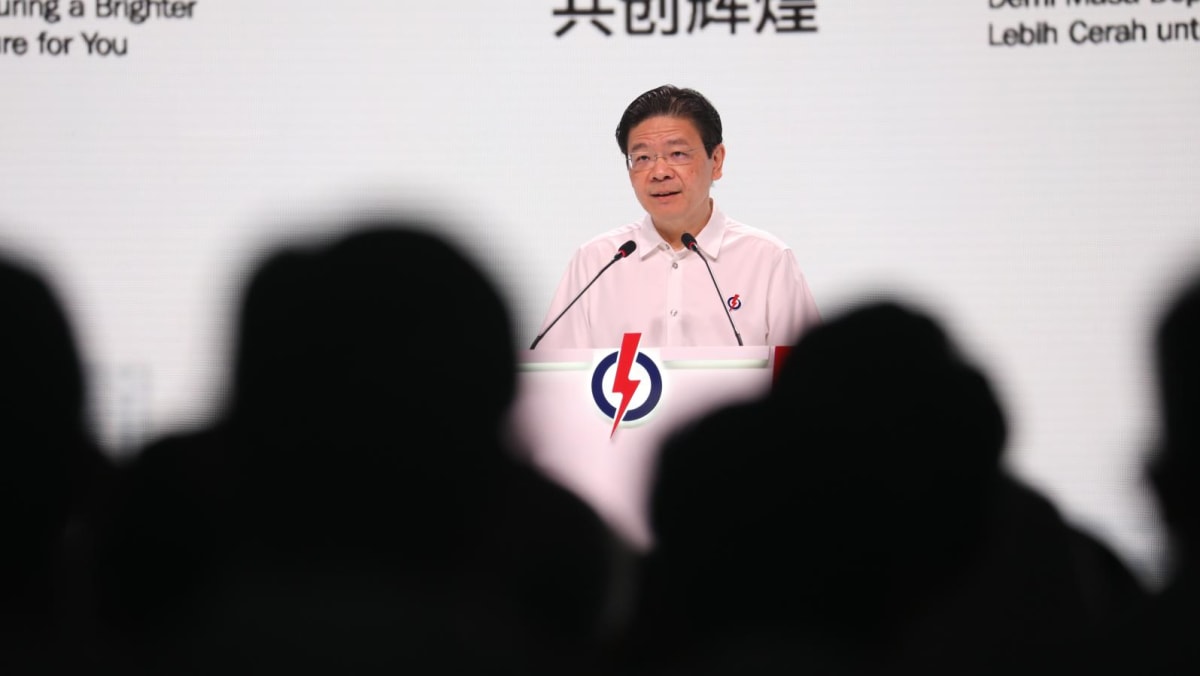
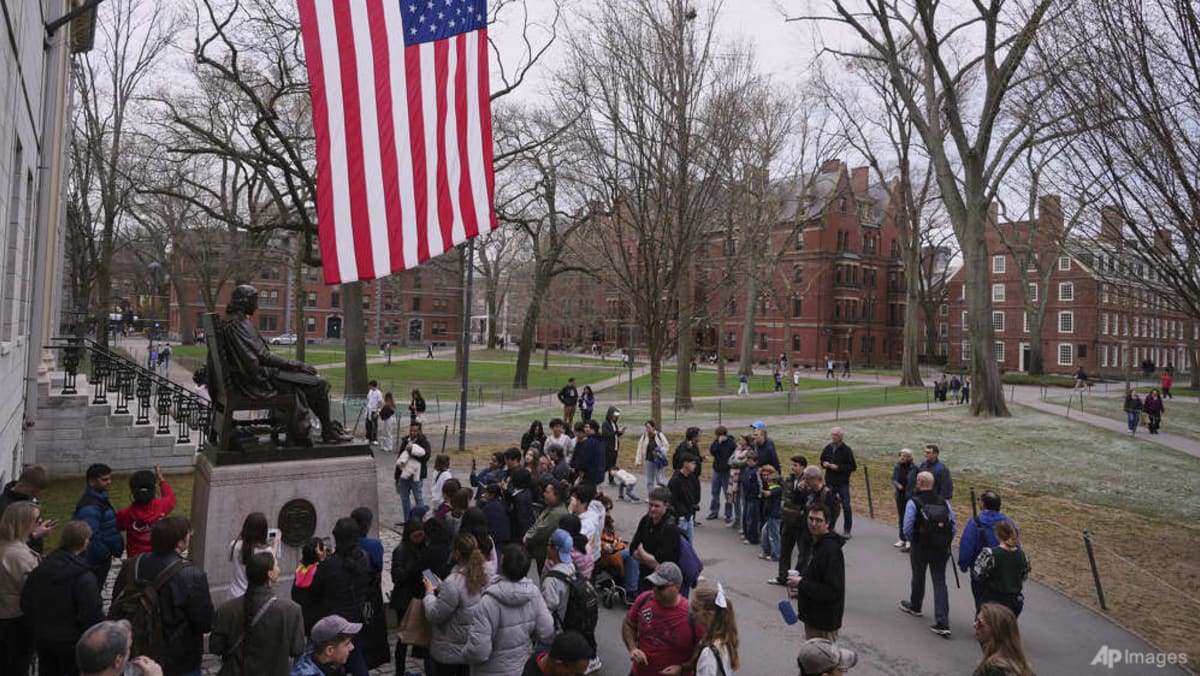
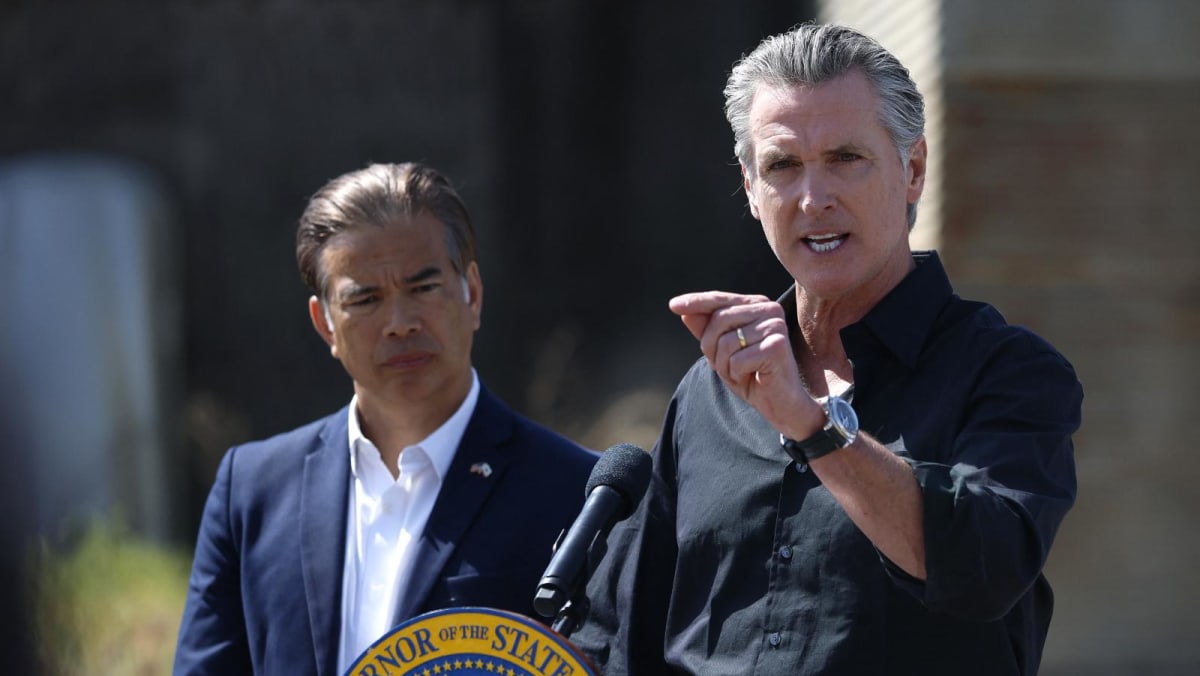
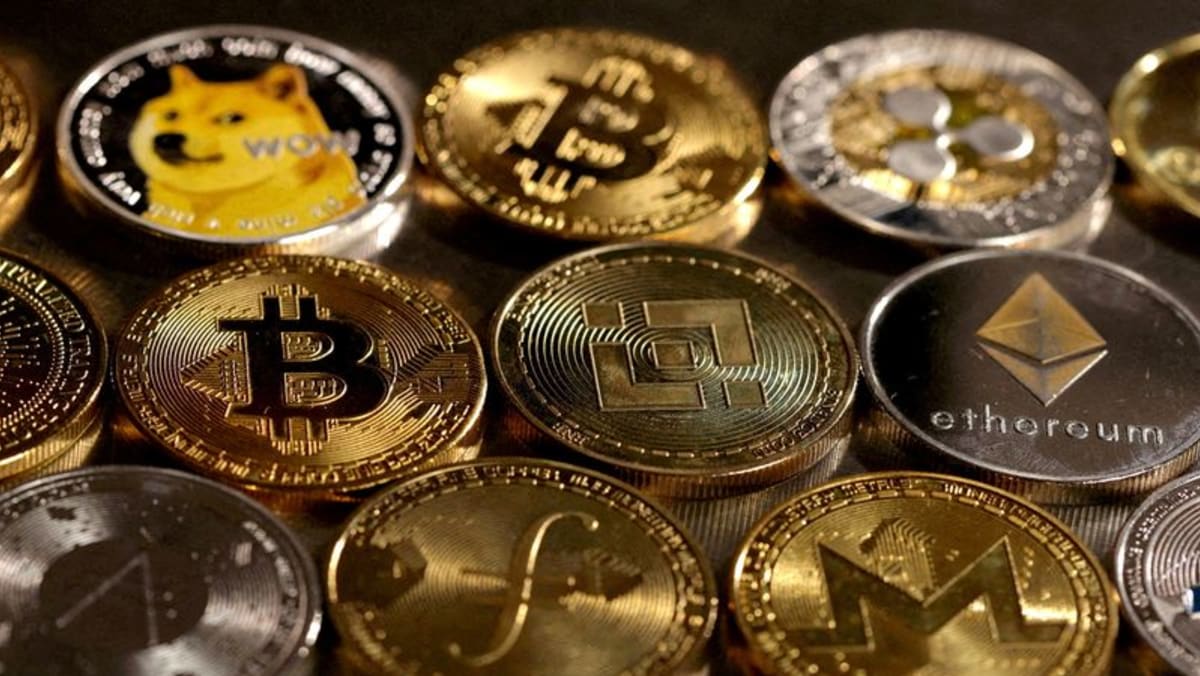

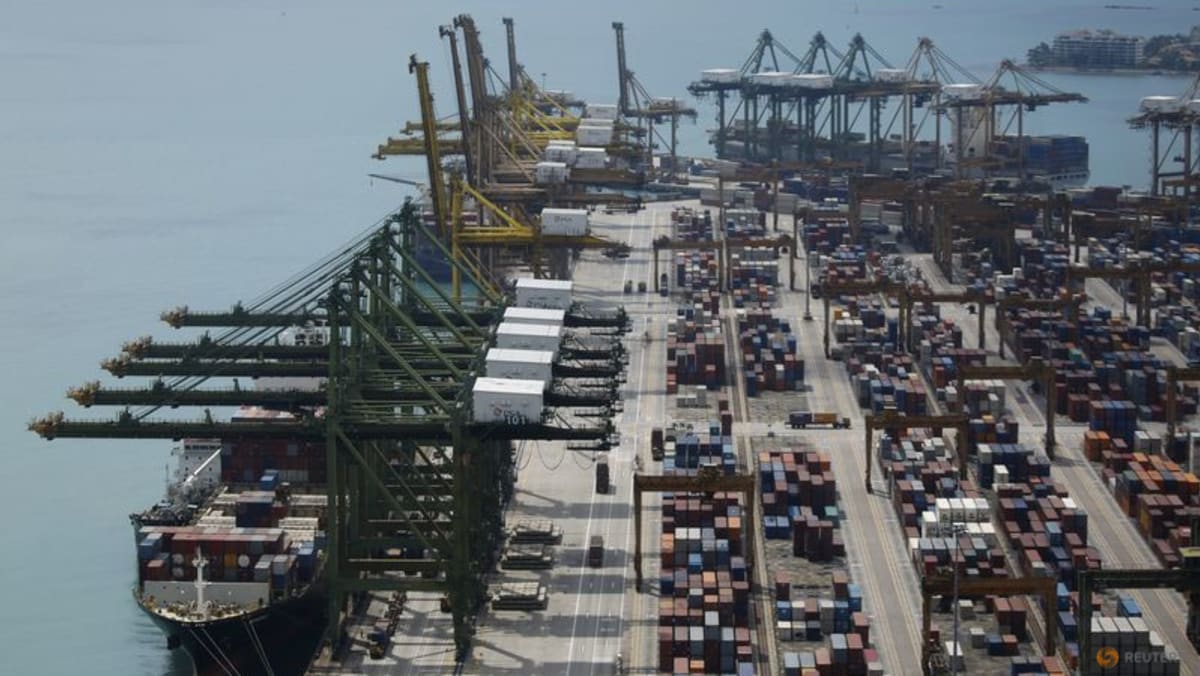
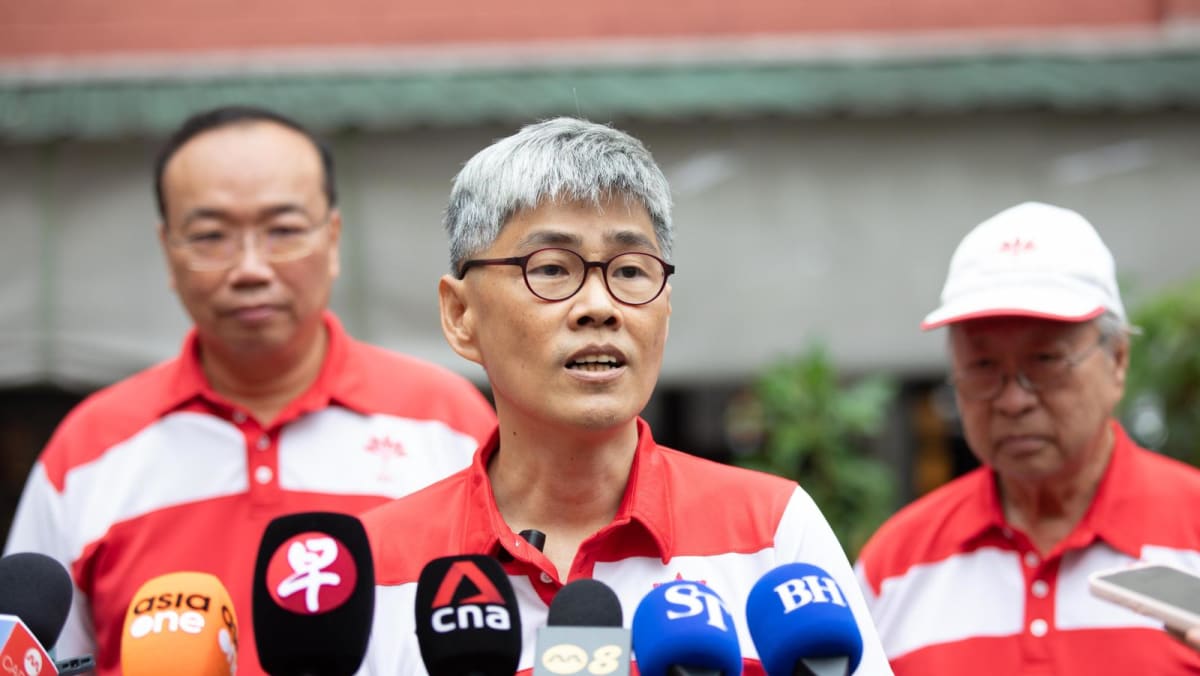
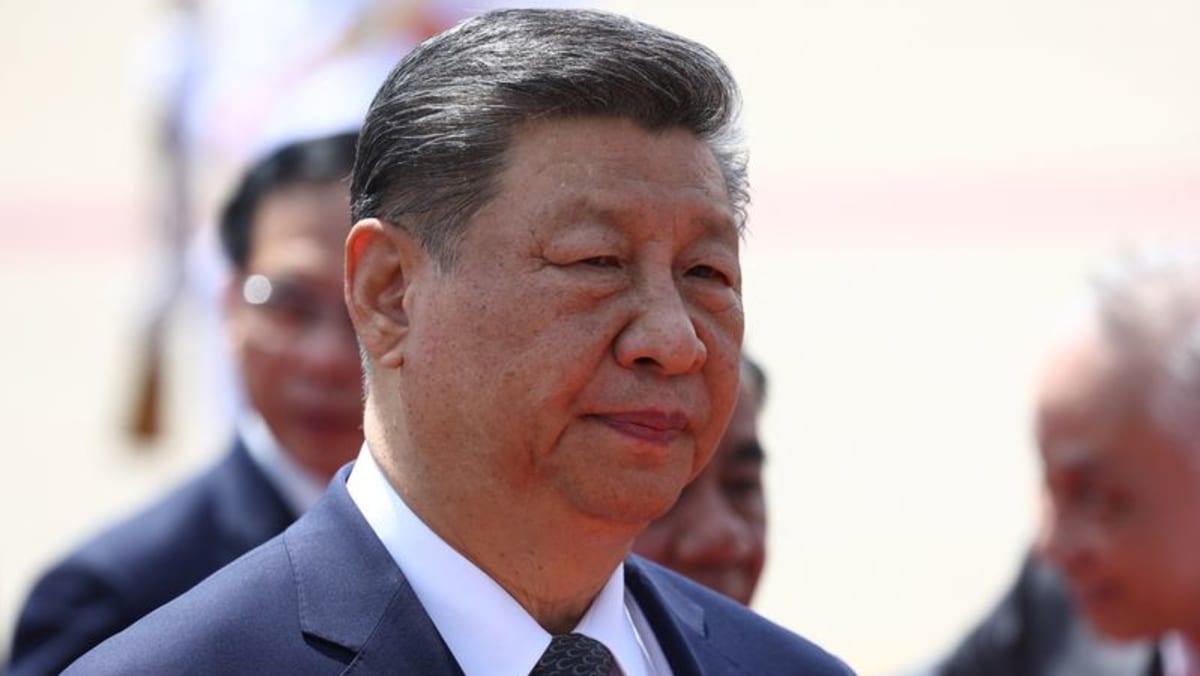
.png?itok=erLSagvf)
